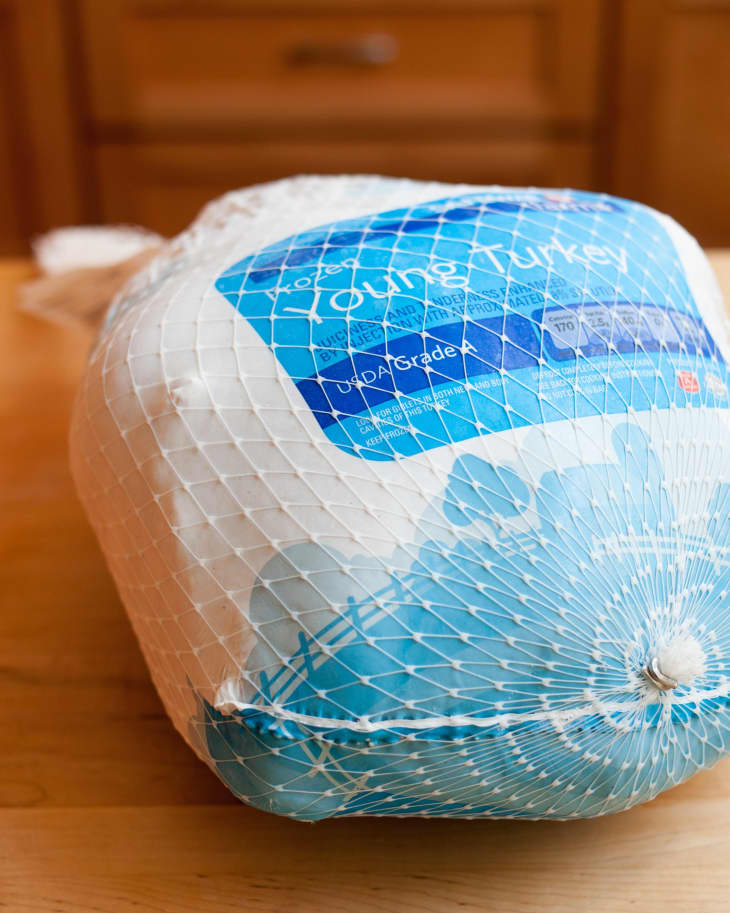Is the Turkey Thawed Yet? A Short Guide
Thawing a turkey is a critical
first step
Given those other factors, it can be weirdly difficult to tell whether, after all this time, your big bird is actually thawed all the way through. There are two ways to determine whether your turkey is completely thawed or not, and a few tips to follow if you find you have a slightly frozen turkey come Thursday.
How to Thaw a Turkey
First, a few refreshers for everyone.
- The easiest way to thaw your holiday turkey is over the course of several days in the fridge.
- It takes a long time — plan for 24 hours for every five pounds of turkey — but this time is completely hands-off.
- It helps to set the frozen turkey up on a rack to increase airflow for faster thawing.
You can also safely thaw your turkey with a cool water bath: Submerge the still-wrapped turkey in cold water (a sink or cooler work best) and change out the water every 30 minutes. This method will still take several hours and is best for thawing and roasting a turkey the same day.
The method: How To Safely Thaw a Turkey
Determining Thaw by Touch and Feel
If you’ve given your turkey enough time to thaw, but you want to be doubly sure it is thawed through, the best way to do this is by touch and feel. And I’m not taking about a pat on the back.
Unwrapping the turkey, removing the neck and giblets, and having a feel inside the turkey’s cavity is the best way to make sure your turkey is thawed completely.
Doing this a day in advance of roasting also give you an opportunity to season the turkey and helps speed things along if your turkey is still icy. The turkey’s legs and wings should move freely and the breasts should give to pressure when thawed completely.
Determining Thaw with a Thermometer
Yes, the same technique we use to determine roasting doneness can also be used to test thawing doneness. Use a probe thermometer to test both the breast and the thighs; they should be at least 32°F to 40°F, or about the same temperature as your fridge. Be sure to clean your probe thermometer after inserting it in the raw turkey!
My turkey is still frozen — now what?
You can still roast a partially frozen or completely frozen bird, and this is safer than trying to thaw your turkey with warm water, a heating pad, or a hairdryer. You’ll still need to remove the giblets and neck and allow extra roasting time for the frozen bird.
